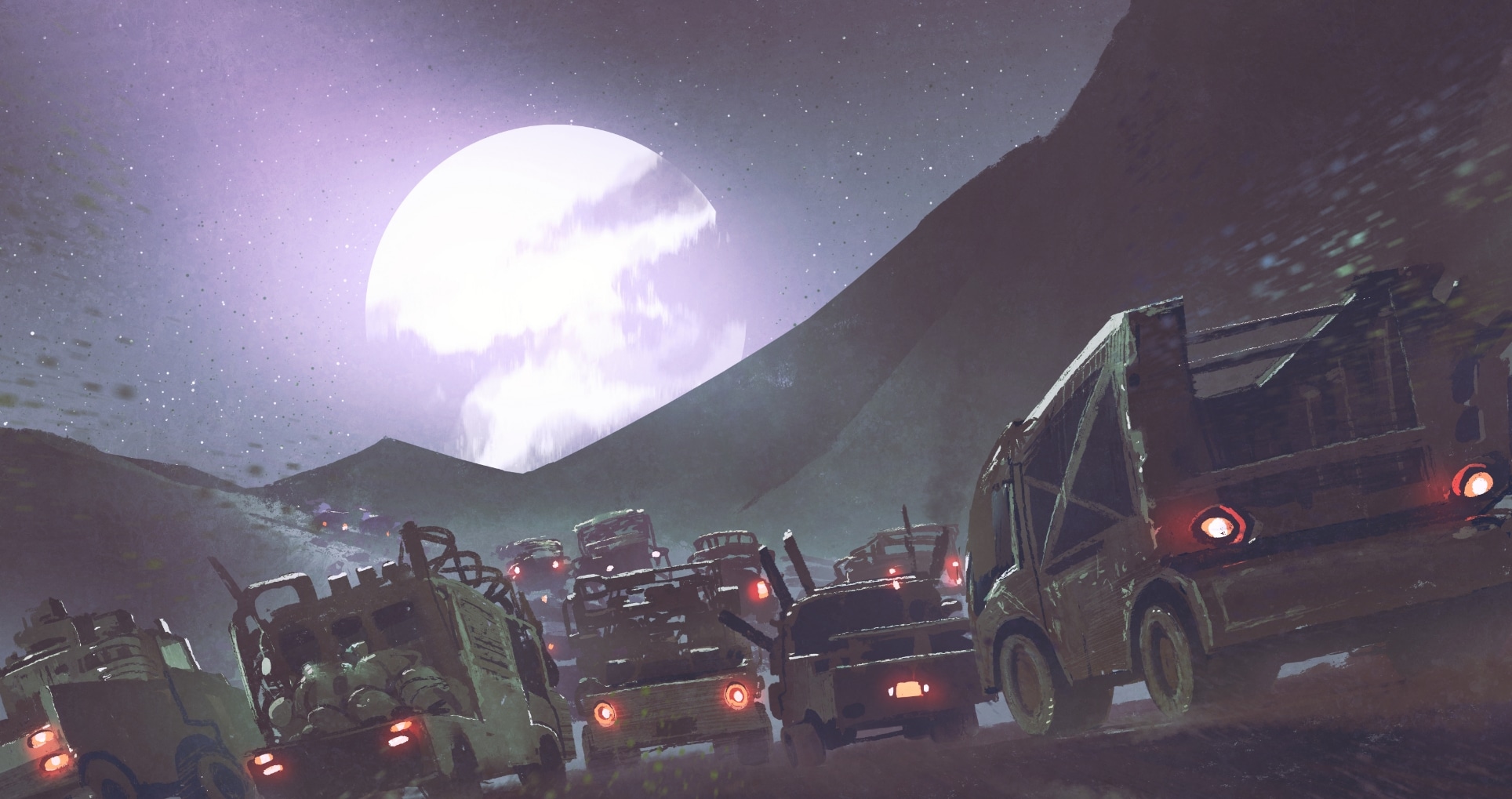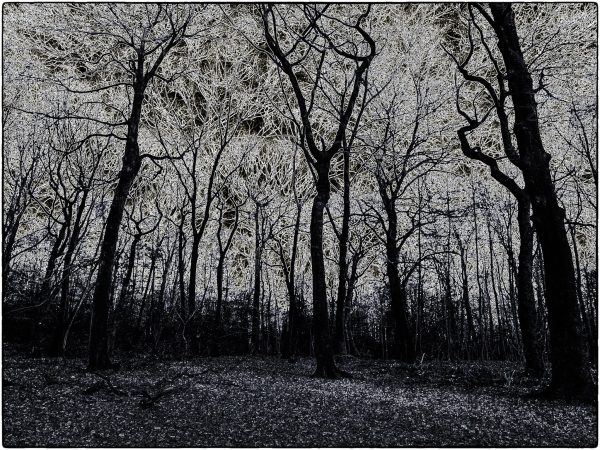What minor pocket dimension have we stumbled into?

1 – First, you need to find a tree that’s stood for more than a century; then it has to get struck by lightning, and die. Then you have to crawl down inside the rotted-out trunk of it, into the ground, and eventually (pray it’s a short trip) you’ll emerge into the garden. There isn’t […]

